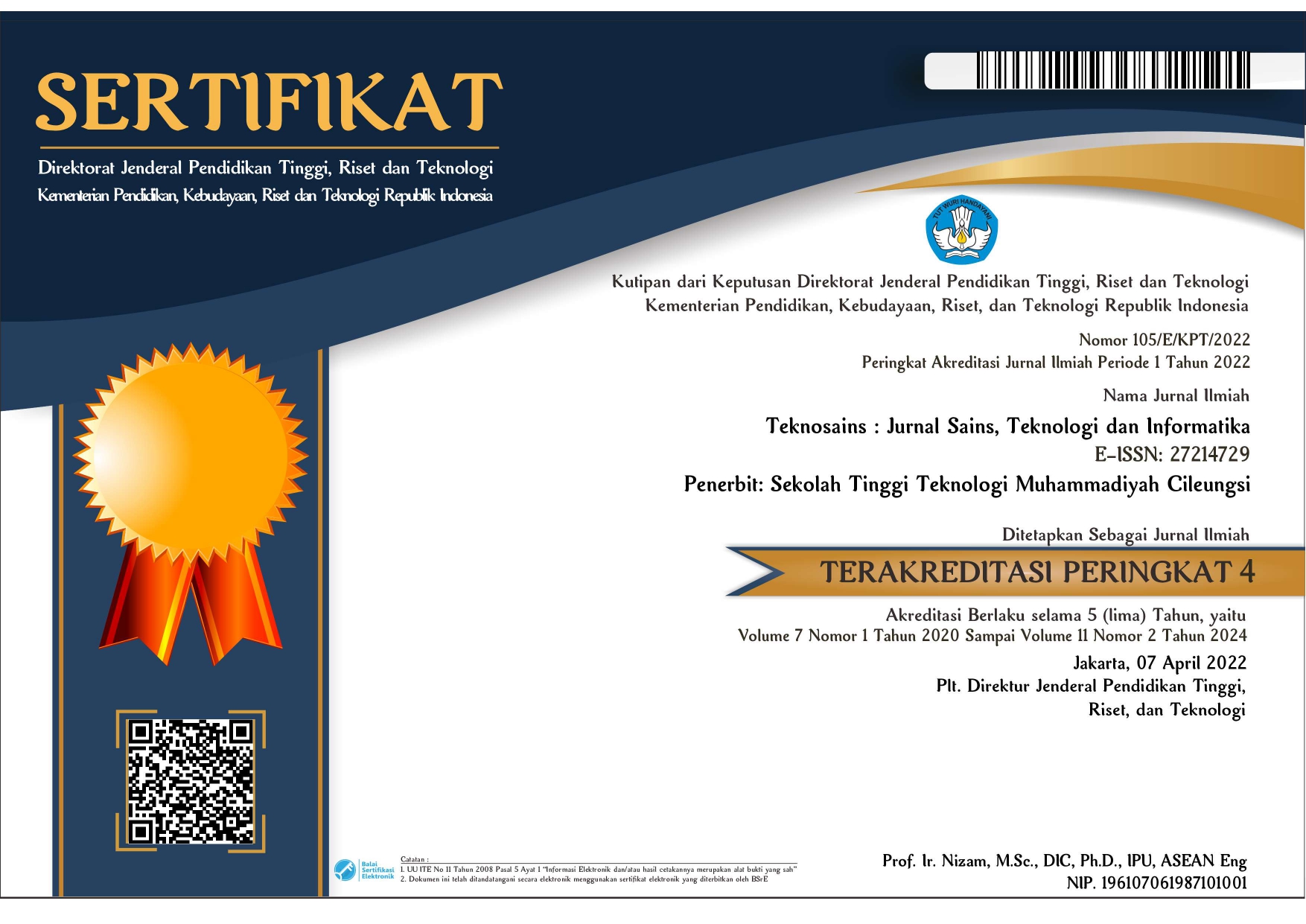UI UX design in smart home automation applications using the design thinking method
Abstract
As technology advances, one issue that needs to be taken into account is the consumption of power resources as one of the supports. Technology use needs to be balanced with resource management for electricity use. Furthermore, there is electrical energy waste due to the community's growing requirement for electricity usage. Changes must be taken, such as utilizing energy-saving technologies or moving to ecologically friendly items, to help reduce the usage of electricity resources. Creating applications that are eco-friendly and encourage energy savings is one way that many application developers are now addressing the issues at hand. One such way is by utilizing smart home technology (Smart Home). The design thinking methodology is applied while creating interface design, specifically in the areas of UI and UX design. Every step of the design thinking process—empathize, define, ideate, prototype, and test—will encounter loops indefinitely until a specific circumstance is satisfied. Figma is the tool used in this application to build UI/UX design. By keeping an eye on devices that are no longer in use and tracking potential cost savings, the application design outcomes should be able to lower the use of electrical resources.
Copyright (c) 2025 Fitriyani Rizki, Joko Dwi Mulyanto, Supriatiningsih, Ina Maryani

This work is licensed under a Creative Commons Attribution-NonCommercial 4.0 International License.









